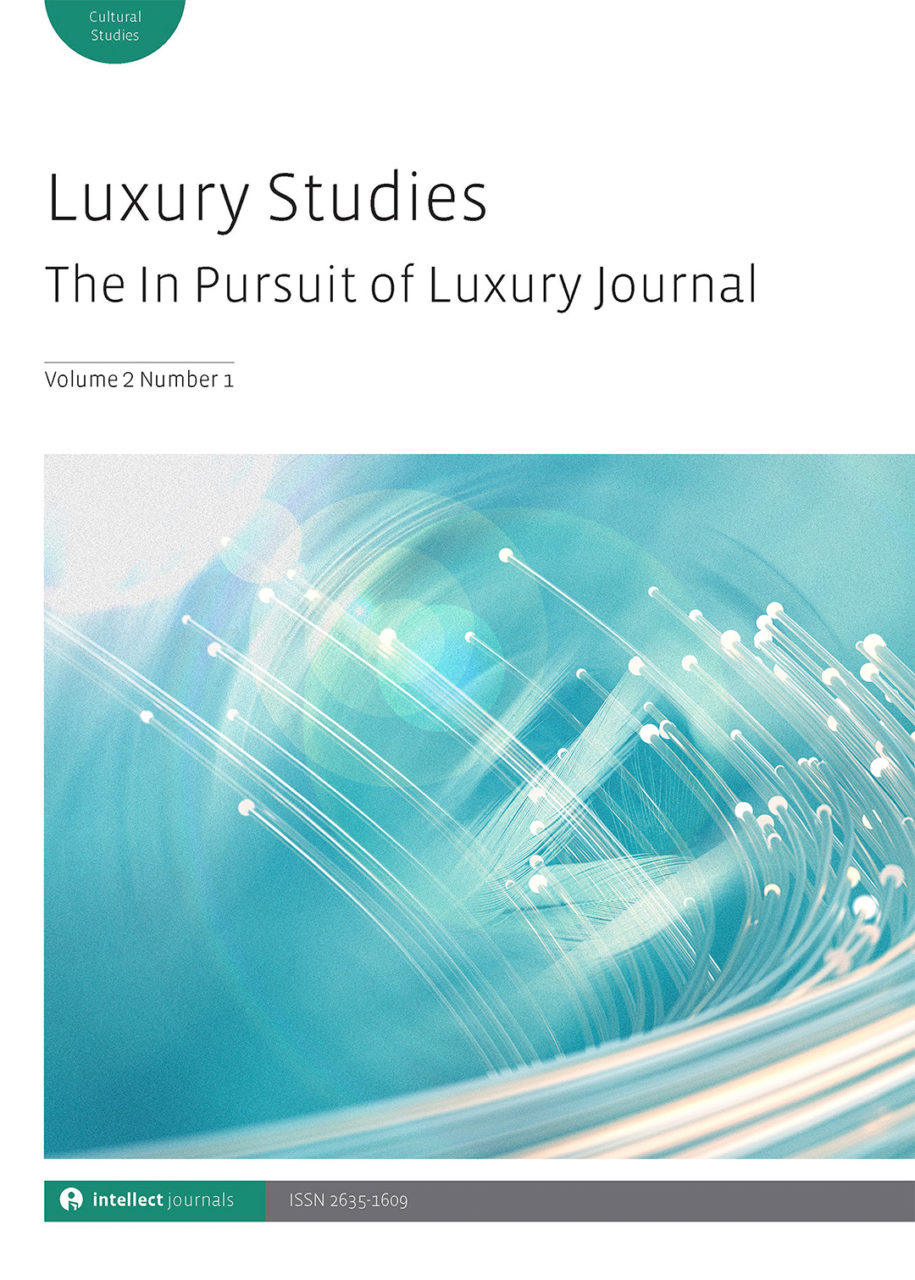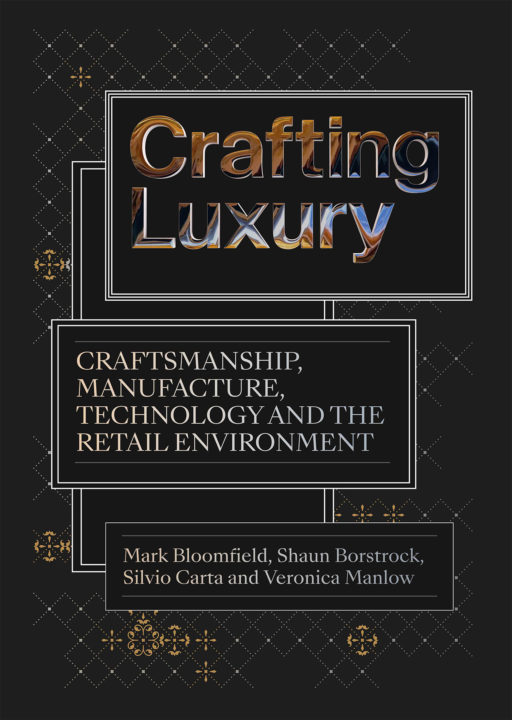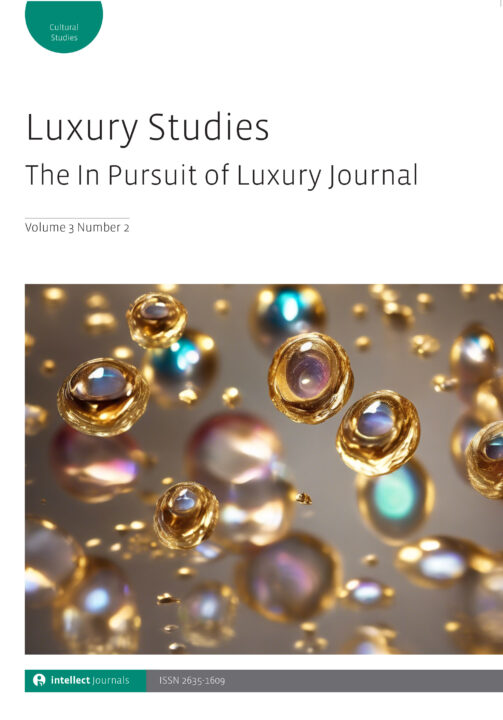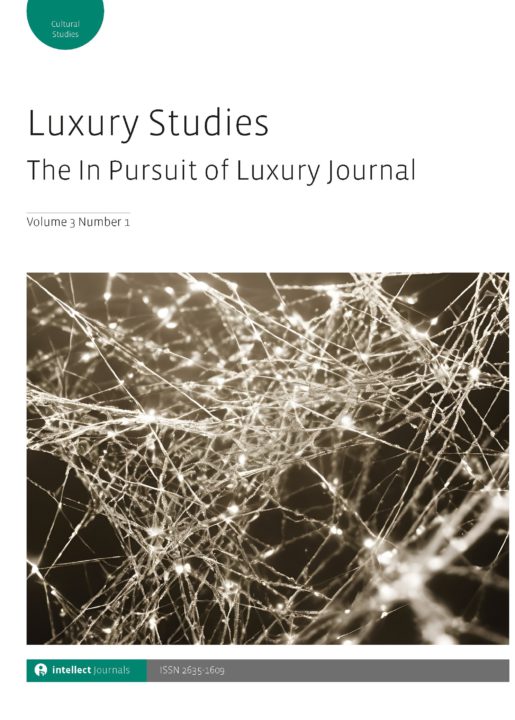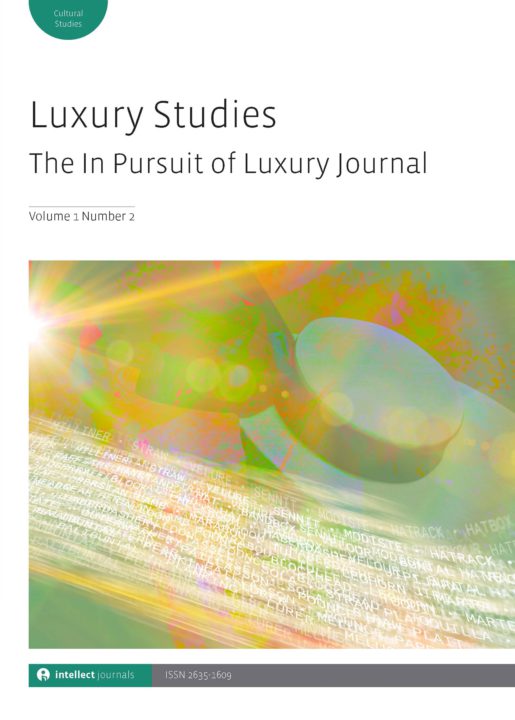An enormous ‘thank you’ to the editors of Luxury Studies: The In Pursuit of Luxury Journal – and to Shaun Borstrock in particular – for the honour of dedicating this Special Issue to the Luxury Plus Summit. It was indeed a special event and as a result of it, we got some amazing outputs.
Attempting to capture a summit mood in an academic journal is a Herculean task at best, if not downright naïve. Yet, we have been lucky in being able to get glimpses of the Summit’s sparkle by virtue of some terrific article contributions by speakers that were present at the event and by some that followed it remotely, that resonate with the summit tonality and argument juxtapositions.
It is apparent that we were in the midst of a new wave of Change (capital ‘C’) sweeping through the industry. Viewed from the socio-economic, consumer behaviour, academic, sustainability and technology angles we were all fundamentally changed by events such as the COVID epidemic and the first large scale war on European soil since the 1940s, which is still ongoing today. With supply chains virtually blocked, business as usual did not exist anymore, workers were quitting in pursuit of something more meaningful to do with their time, while legislation was playing catch up with technology, evolving consumer patterns and the new-fangled metaverse.
In July 2022, Stella McCartney would be debuting their first-ever mushroom leather bag. The brand, known for its anti-animal product stance and sustainability efforts, had been working with mycelium start-up Bolt Threads since 2017 and the Frayme Mylo bag was going to be their first commercially viable product. Could this be the future of luxury handbags?
Particularly remarkable was also the fact that just the previous year alone, we had seen an almost 30 per cent increase (according to available figures) in luxury consumption globally. During a year when we could not socialize as normal, go to work or even go out for a walk, it seemed that people shopped for more luxury goods than ever before. Who would have thought? Importantly, what were we to make of that? Were luxury consumers waltzing away while the proverbial Titanic was going down? Or was it a sign that customers were putting their faith in beauty and stability in a crazy and unpredictable world? Our consumer behaviour experts argued along both lines.
There is an eternal need for those of us two are optimists to point out to good examples of an emerging positive, more sensitive and fairer industry. And, there is serious thinking behind this attitude backed up by good business rationale for ‘Being and Doing Good’.
One only has to read Tiago Valente’s piece ‘Tales of a state of mind, body and space: The quest for the next luxury’ to believe and be inspired. Tiago speaks as he writes, poetically, beautifully, but with a solid grasp of reason. This is an era of sophisticated consumers expecting more. Indeed, it seems that there is collective agreement that consumers want more value for their money – no question about that. But, – here’s the crux of the matter – what are the key components of Value 2.0, what are the discerning characteristics of this emerging architecture? Do we have confirmation of our suspicions that modern consumers now see Value delivered through tangible social responsibility, environmental sensitivity, commitment to equality and worker rights from the luxury brands? Who do we trust? Tempting and inspirational – if not romanticized – as it may be to agree with this perspective, we should not get too settled on this being the case. For we may be projecting our own good intentions and motivations onto a blank canvas.
For a counterbalancing viewpoint, I invite you next to read and enjoy Alessandro Balossini-Volpe’s article on ‘Brand purpose in fashion and luxury brand management: A must or an opportunity?’. Alessandro’s fluid and equally persuasive perspective places us right back down on earth and reminds us of Milton Freidman’s most famous dictum that ‘the business of business is business’. It is a valid position. We have seen many examples of successful businesses that do not proclaim the pursuit of lofty purposes. And the absence of such proclamations may not necessarily reflect the absence of any values, but rather that these brands adopt a – let’s call it – humbler modus operandi, that they simply just get on with their business.
I would urge you to read these two great authors side-by-side and decide for yourselves. But it is not an easy task, I can tell you, and if this shows us very clearly one thing it is that the need to invite future research in this very exciting area is greater than ever.
As a brain refresher nothing is more effective than a short sharp dose of retro-escapism, so if that is your thing, we have a treat for you. For sure, Bradbury’s article ‘“The luxury runs deep”: Which were the most luxurious cars of the 1970s?’ is an unusual inclusion for an academic journal, but this piece is a delight to read by virtue of its capacity to transport you to a more authentic-seeming era when craftsmanship and design somehow felt more real. The wonderfully exotic heritage-making cars in this piece, appear to be screaming ‘we deliver only the best to our customers’. Us, who are reading this in bitter awareness that for the past decade Chanel have been inflating rapidly and deliberately handbag prices for no other reason than to decrease the perceived quality gap from their rival Hermès, without any real changes in either materials or craftsmanship. If nothing else, the 1970s at least felt more genuine in their capacity to inspire a genuine interest to delight and thrill their customers and did not want to play mind games as blatantly as today.
Yet heritage is not a static variable. It ebbs and flows, according to brand activities and events and as such it can go up or, very fast, down as Felicia Caponigri’s article on luxury brand heritage reminds us. Felicia is a master in making the right conceptual connections in this up-to-date, eloquent and apt piece and I will not spoil it for you by giving anything else away. I will only mention that this is a hugely enjoyable article for anyone that follows even remotely luxury heritage and delights in reflecting on luxury brands’ latest adventures and numerous faux pas.
Meeting the needs of a luxury clientele is a daunting task which requires expertise in one’s domain and insight into the consumer’s lifestyle and preferences. Shaun Borstrock’s interview gives us entry to the world of Kathryn Sargent, the only female master tailor in the world, who describes the craft of cutting and how she’s built a business where skill and an appreciation of the unique needs of her clients are central to making beautifully tailored suits.
Entering the world of the traditional artisan is something that many fashion design students never experience. Rishab Manocha introduces us to the curative aspects that craft work can have for postgraduate fashion students at Pearl Academy in India. Students learn to create textiles in collaboration with artisans, learning the meaning of their work and the stories behind traditional design, cultivating a deep appreciation for handcrafted textiles.
Creating a memorable brand experience is a challenge in every luxury retail environment. Beatriz Itzel Cruz Megchun’s case study addresses the impact that interior design has on the social interaction and purchasing behaviours enacted by multicultural patrons of a coffee house in the UAE providing insight for professionals on how to better design such spaces.
All authors in this issue shine in their own right and offer us glimpses of a new phase of industry transformation. A luxury industry metamorphosis that is currently in its chrysalis phase. And, this is a very interesting observation at least to me and I hope to you too. What the newly formed butterfly will look like after it emerges from the chrysalis we do not know. But for sure, it will create new opportunities and threats, new directions and new grounds for debate and we will always be here to explore, dissect and critique them with those who care.
I hope you enjoy reading this guest-edited issue as much as the editorial board and I did in putting it together.
